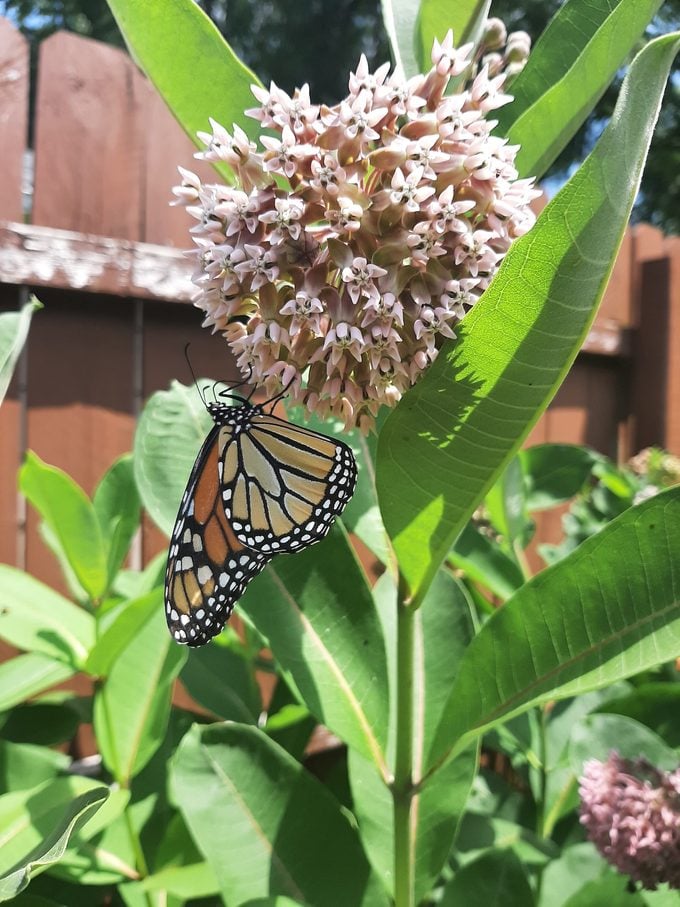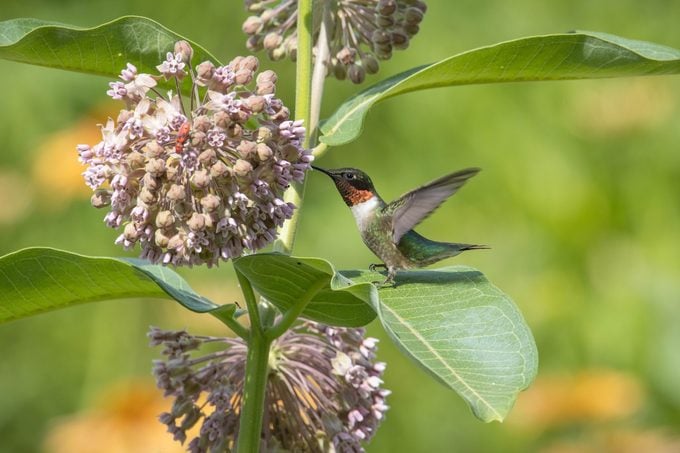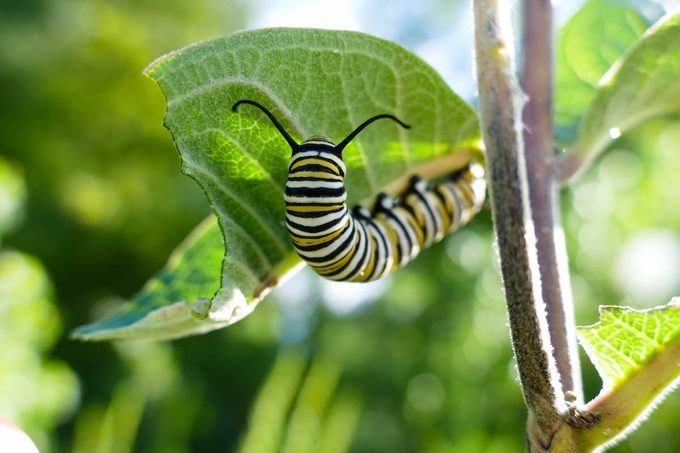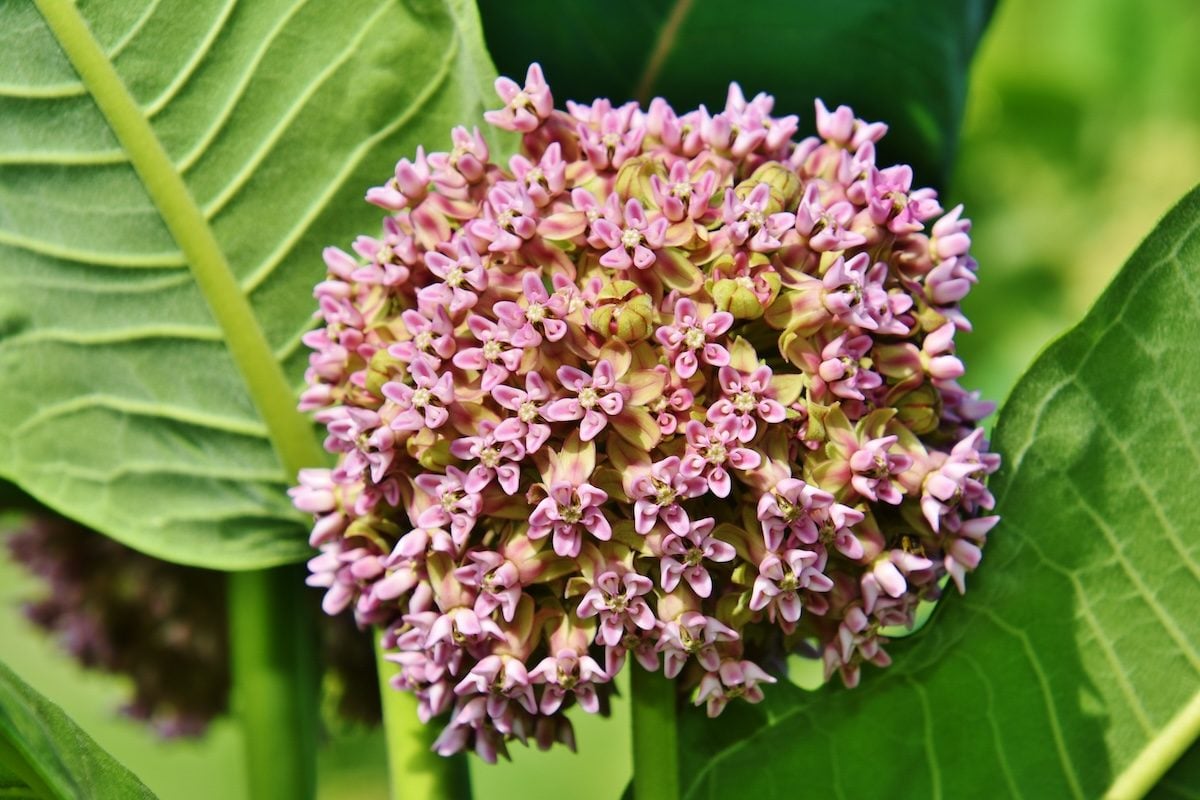Should You Grow Common Milkweed?

With the
declining population of monarchs
in the news so often these days, many home gardeners are choosing to add milkweed to their gardens to help support this beautiful butterfly. This is a fantastic idea. I encourage everyone to
plant as much milkweed
as they possibly can.
But there are many s
pecies of milkweed
. It’s best to choose species that are both native to your area as well as appropriate for your garden space. Common milkweed (
Asclepias syriaca
) has a wide native range and is easy to find, but it also has some aggressive properties that may not make it right for your butterfly garden.
What Does Common Milkweed Look Like?

Common milkweed can be found throughout most of the Eastern U.S. and Canada (with the exception of Florida), west to the Rocky Mountains. It grows in a variety of soil conditions,
usually in full sun
, and is often found in ditches and roadside medians. It can grow quickly to 5 feet tall, with broad leaves and a stout stem, topped by clusters of pink flowers that butterflies visit for nectar.
In the late summer, the flowers give way to large
seed pods
. They burst open to send their feathery-topped seeds into the wind to spread for the following growing season.
Learn if you should be removing
milkweed bugs
from your plants.
Common Milkweed Benefits for Monarchs

The leaves are used by
monarch caterpillars
for food (milkweeds are their only food source) and are vital to the species’ survival.
Common Milkweed Can Spread Aggressively

Anyone in its native range (zones 3 to 8) with space for a
wildflower garden
can consider common milkweed. But gardeners should be aware that this species is considered very aggressive. It spreads not only by seed but by underground rhizome, and can be very difficult to control. Once established, it’s nearly impossible to get rid of.
If you have a large area available, or aren’t worried about the possibly “weedy” appearance of this plant, you should
find a local source
for some seeds and add it to your property.
Milkweed Rash and Allergies
If you have a small yard, are outside its native range, or have a latex allergy, you should think twice. Common milkweed, like other milkweed species, contains latex. This causes the foliage to be very sticky and can lead to rashes in those allergic to latex.
Is milkweed poisonous
to people and pets?
How to Control the Spread
You can try growing it in sunken pots in the ground to limit the rhizome spread. Also clip the seed pods before they mature to stop the seeds from spreading.
But it’s probably better to consider one of the many other species of milkweed native to your area. Try
butterfly weed
,
showy milkweed
or
swamp milkweed
.






